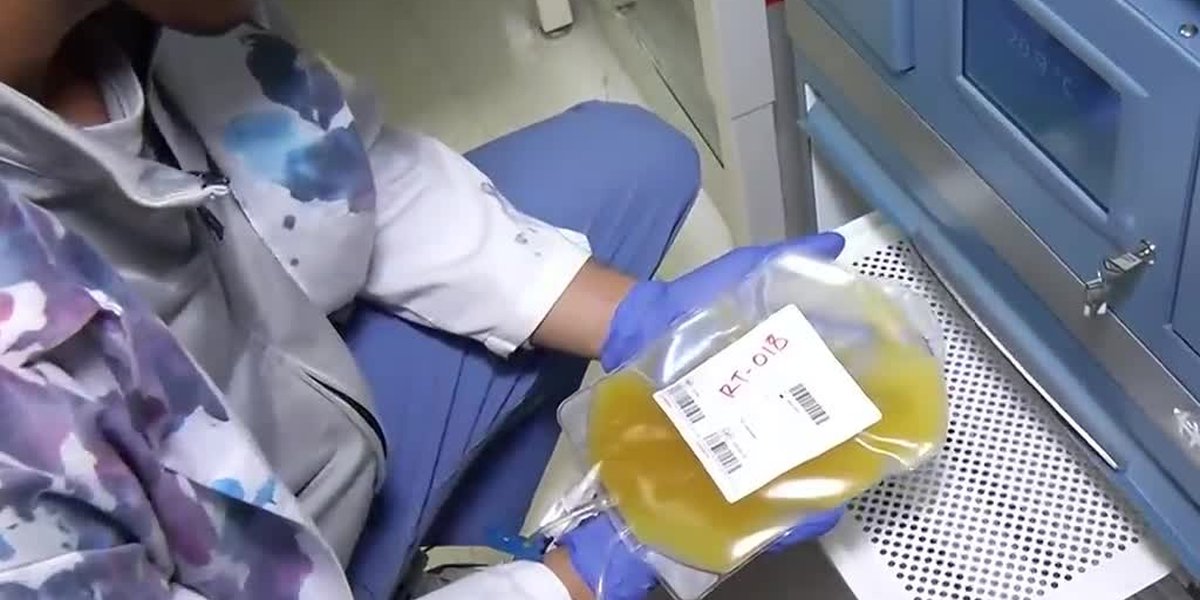Blood
YOUR HEALTH: Saving lives with synthetic blood
PITTSBURGH, Pa. (Ivanhoe Newswire) – Every two seconds, someone needs blood, but blood banks continue to face dire shortages as supplies have failed to reach their pre-pandemic levels. Because the demand is so great, researchers are creating a new type of synthetic blood in the lab.
Dr. Susan Shea, a bioengineer at the University of Pittsburgh, says the holy grail for transfusion is dried artificial whole blood. Shea is part of a nationwide team working to make synthetic blood a reality. It looks like a powder and has the same components as human blood.
“This product that we’re developing will consist of a nanoparticle that is able to perform the function of a red blood cell so it can deliver oxygen,” Shea explained.
The synthetic blood does not have to match the patient’s blood type.
“The cellular components are artificial, and they, therefore, will not express those markers that recipients might have an adverse reaction to as they would if they received a type mismatched blood donation,” Shea added.
And unlike donated blood that has a shelf life of up to 42 days, ideally, this synthetic blood could last months, even years. It does not need to be refrigerated so it can be used not only in hospitals but ambulances, rescue helicopters, and war zones – places where it’s difficult to have blood readily available.
“I don’t know that we can guarantee that this product alone will eliminate the blood shortage, but it’s certainly a very important step forward,” Shea said.
This year, 4.5 million people will need a blood transfusion. A fifth of blood centers nationwide have less than a day’s supply of blood, and 29 percent have just enough to last two days in the lab, according to America’s blood centers.
One pint of blood can save up to three lives. Only 37 percent of the U.S. population is eligible to donate blood – less than 10 percent actually donate. If you are a healthy adult over the age of 17 and weigh at least 110 pounds, you can donate.
Click here to report a typo.
Copyright 2023 WAFB. All rights reserved.

